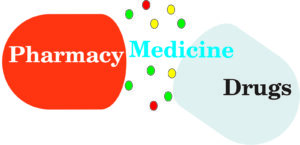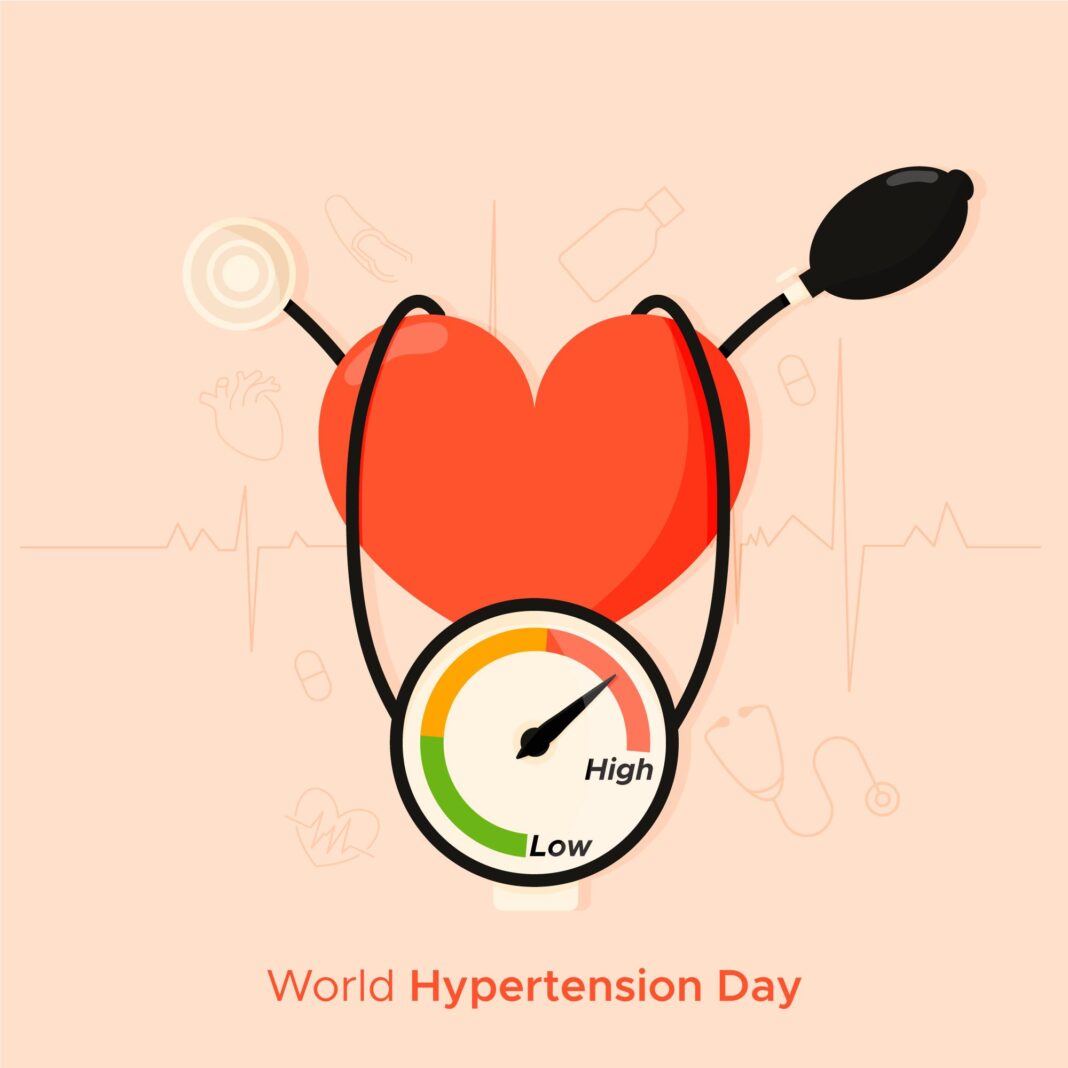Hypertension | What is Hypertension | Site Action And Types
Hypertension or High Blood Pressure (BP) is a chronic medical condition that arises when the blood pressure is abnormally high (greater than 140 mm of Hg systolic and 90 mm of Hg diastolic). Hypertension occurs when the body’s smaller blood vessels (the arterioles) narrow, causing the blood to exert excessive pressure against the vessel walls and forcing the heart to work harder to maintain the pressure. Although the heart and blood vessels can tolerate increased blood pressure for months and even years, eventually the heart may enlarge (a condition called hypertrophy) and be weakened to the point of failure.
Hypertension risk factors include obesity, drinking too much alcohol, smoking and family
history. Blood pressure is actually a measure of two pressures, the systolic and the diastolic. The systolic pressure is the force that blood exerts on the artery walls as the heart contracts to pump the blood to the peripheral organs and tissues. The diastolic pressure is residual pressure exerted on the arteries as the heart relaxes between beats. A diagnosis of hypertension is made when blood pressure reaches or exceeds 140/90 mmHg (read as “140 over 90 millimetres of mercury”).
(mm Hg) | (mm Hg) |
|
|---|---|---|
| <130 | <85 | |
mild | 130-139 | 85-89 |
| 140-159 | 90-99 | |
| 160-179 | 100-109 | |
| 180-209 | 110-119 | |
| 210 or greater | 120 or greater |
Types of Hypertension |Nitric Oxide Pulmonary Hypertension |Pulmonary Hypertension
There are two major types of hypertension and four less frequently found types(types of hypertension).
-
Primary (Essential) Hypertension: About 95% of people with high blood pressure have essential hypertension or primary hypertension. This condition has no identifiable medical cause. Elevated blood pressure usually begins to appear between age 30 and 50, but can begin at older ages. Usually people with essential hypertension have no symptoms, but may experience frequent headaches, tiredness, dizziness, or nose bleeds. Although the cause is unknown, but contributing factors for essential hypertension may be, obesity, smoking, alcohol, diet and inherited.
-
Secondary Hypertension: About 5%-10% of people with high blood pressure have secondary hypertension. This condition has definite cause; the most common cause of secondary hypertension is an abnormality in the arteries supplying blood to the kidneys. Other causes include airway obstruction during sleep, diseases and tumors of the adrenal glands, hormone abnormalities, thyroid disease, and too much salt or alcohol in the diet. Drugs can cause secondary hypertension, including
OTC medications such as ibuprofen and pseudoephedrine.
-
Isolated Systolic Hypertension: In this case, the systolic blood pressure (the top number) is consistently above 160 mm Hg, and the diastolic below 90 mmHg. This may occur in older people, and results from the age-related stiffening of the arteries. The loss of elasticity in arteries, like the aorta, is mostly due to arteriosclerosis. The Western lifestyle and diet is believed to be the root cause.
-
Malignant hypertension: Malignant hypertension is the most threatening form of high blood pressure. It is marked by an unusually sudden rise in blood pressure to dangerous levels. Diastolic pressure often reaches 130 mm Hg or higher. However, malignant hypertension may also occur at lower, less alarming levels, if the rise is particularly sudden. Unlike other kinds of high blood pressure, malignant hypertension is usually accompanied by dramatic symptoms such as severe headache, shortness of breath, chest pain, nausea and vomiting, blurred vision, or even blindness, seizures and loss of consciousness. Malignant hypertension is an emergency condition. Patient with malignant hypertension must be hospitalized immediately. It places people at immediate risk for heart attack, stroke, heart failure, permanent kidney damage, bleeding into the brain (hemorrhagic stroke) and brain swelling. Malignant hypertension develops in less than 1 % of people who already have high blood pressure. Rarely, the appearance of malignant hypertension is the first sign that a person has high blood pressure. The cause of this condition is usually unknown, but occasionally it can be a reaction of body to a drug abuse, like cocaine, or a reaction to stopping a blood-pressure medicine.
-
Resistant Hypertension: If blood pressure cannot be reduced to below 140/90 mmHg, despite a triple-drug regimen of antihypertensive medications called as resistant hypertension. Resistant hypertension may occur in 20 to 30 % of high blood pressure cases. It may have a genetic component and is more common in people who are older, obese, and female or have an underlying illness, such as diabetes or kidney disease.
-
Hypertension during Pregnancy: High blood pressure occurs in 6 % to 8 % of pregnancies, and in most of these cases, it is diagnosed during a first pregnancy. Pregnancy can cause high blood pressure due to hormonal changes or from a serious complication of pregnancy known as preeclampsia, a condition that causes tightening of arteries throughout the mother’s body and placenta, as well as unpredictable blood clotting.
Hypertension High Blood Pressure (BP) FAQ
- Headache
- Dizziness
- Blurred vision
- Nausea and vomiting, and
- Chest pain and shortness of breath.
- Heart attack.
- Heart failure.
- Stroke or transient ischemic attack (TIA).
- Kidney failure.
- Eye damage with progressive vision loss.
Types of hypertension Related :
Blood Flow Through the Heart | Electrocardiogram | Heart Sounds

